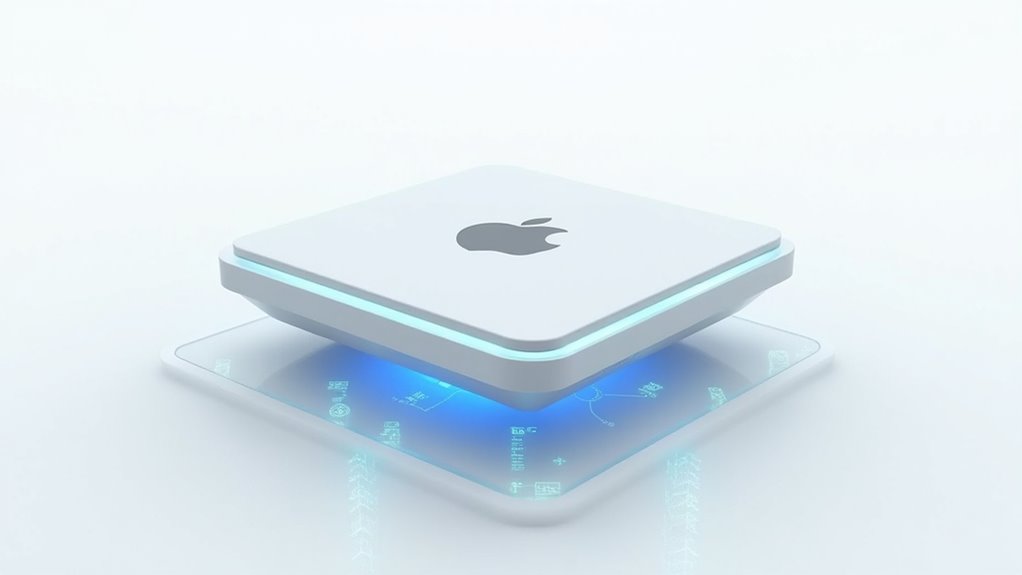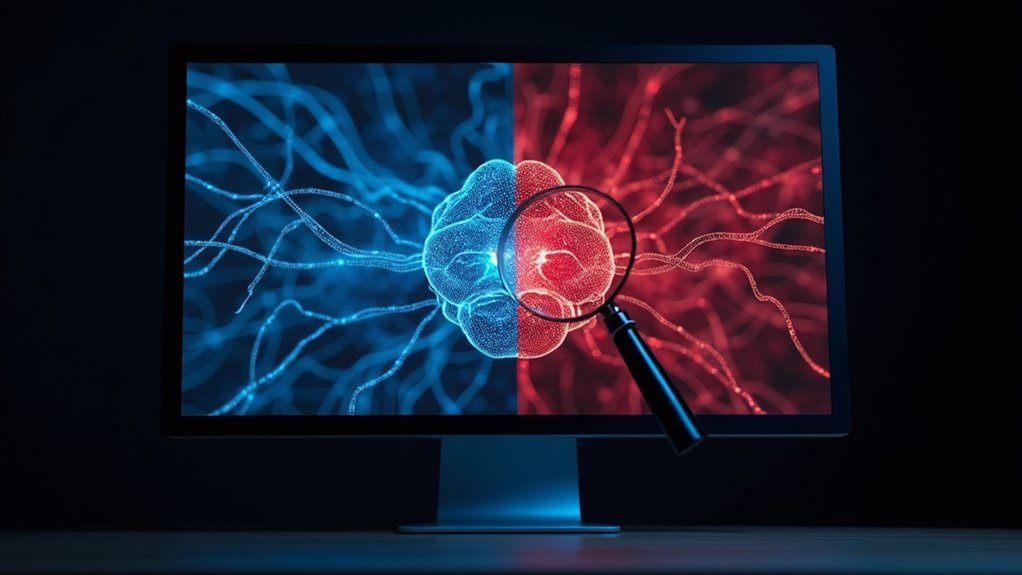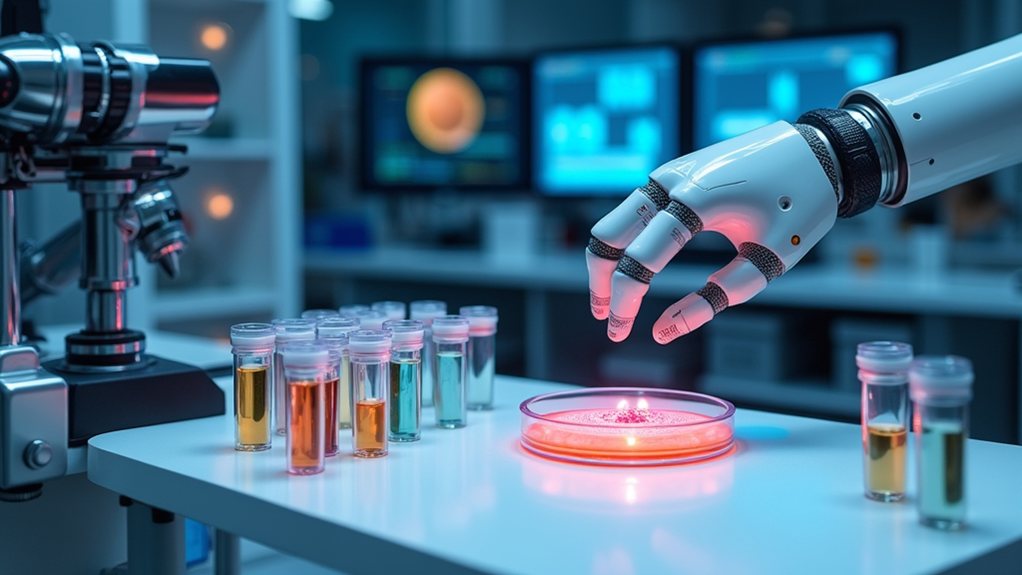OpenAI just dropped $6.5 billion to snag Jony Ive’s startup io—think the iPhone’s Picasso, but with AI paintbrushes. Apple’s stock took a quick nap, sliding 2%, while analysts wondered if Cupertino should start sweating. OpenAI wants to launch AI-powered gadgets as iconic as the iPhone, and healthcare’s next on their hit list: smarter patient care, slashed hospital costs, you name it. If you’re curious about which Silicon Valley giant blinks next, you definitely want to stick around.
When OpenAI drops $6.5 billion on a hardware startup, people tend to notice—especially when that startup is helmed by none other than Jony Ive, the designer whose fingerprints are all over your iPhone.
This isn’t just another Silicon Valley shopping spree. OpenAI’s all-equity acquisition of Ive’s startup, io, instantly becomes the company’s biggest move ever. And it’s not just about adding another name to the letterhead; OpenAI already owned 23% of io, so this is more like a family reunion—one with a $5 billion price tag. The acquisition highlights the growing synergy between design and technology in AI, cementing a new era where aesthetics and intelligence are inseparable.
Let’s pause: Jony Ive, the guy who made your phone look cool enough to ignore your friends at dinner, is now in bed with the world’s buzziest AI lab. That alone is enough to make Apple nervous. How nervous? Well, Apple’s stock took a 2% dip the moment the news broke. Wall Street doesn’t flinch for just anybody.
Jony Ive teaming up with OpenAI rattled Apple so hard its stock dropped 2%—Wall Street knows a big move when it sees one.
Jony Ive will retain control of his design firm, LoveFrom, and it will continue to operate independently even as he leads creative efforts at OpenAI.
What’s OpenAI actually buying, besides a 55-member team packed with ex-Apple talent and a whole lot of design cred? They’re betting big that AI-powered hardware is the future. Picture consumer electronics that don’t just look pretty, but actually think. *Siri, but with ambition.*
- AI integration: OpenAI wants devices that weave AI into every interaction.
- Design pedigree: Ive’s iconic touch could make AI gadgets as desirable as the first iPhone.
- Market shakeup: Google, Apple—your move.
Analysts are already speculating about AI-powered computers, wearables, and even healthcare devices, possibly rolling out by 2026.
The collaboration means OpenAI’s research and engineering muscle now flexes with top-shelf hardware design, promising breakthroughs where tech and style collide.
For OpenAI, it’s not just a flex; it’s a full-on land grab in the smart device market. The $6.5 billion commitment signals a shift from pure software to real-world products—at a time when everyone’s wondering what “AI in your pocket” actually means. This strategic investment could revolutionize healthcare, with AI-powered devices potentially reducing treatment costs while personalizing patient care across hospitals worldwide.
The next iPhone-killer might not come from Cupertino, after all.









